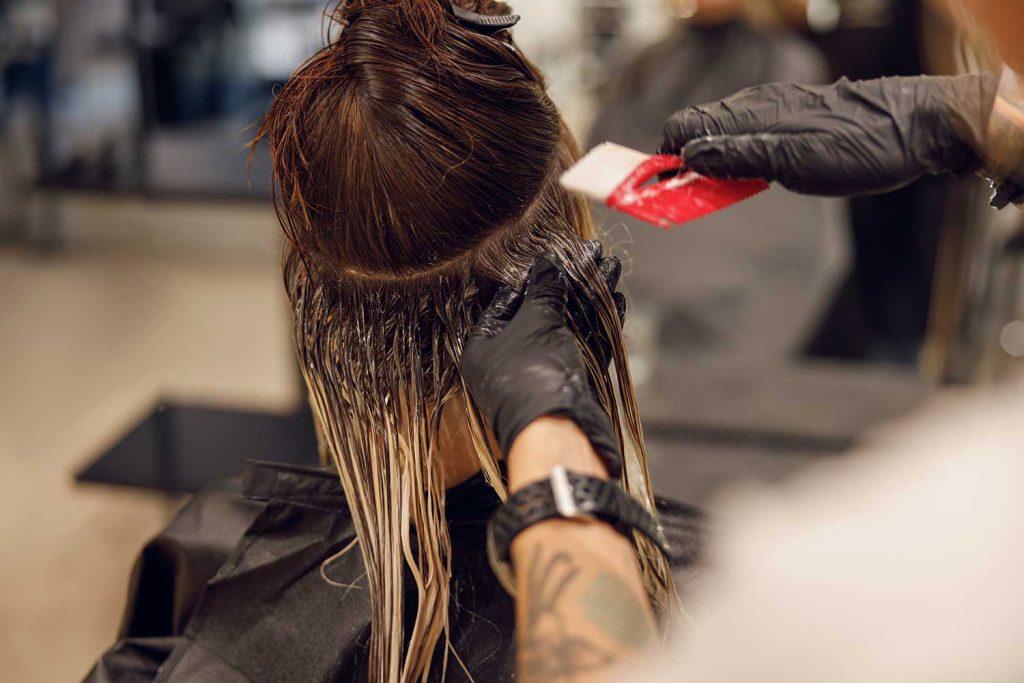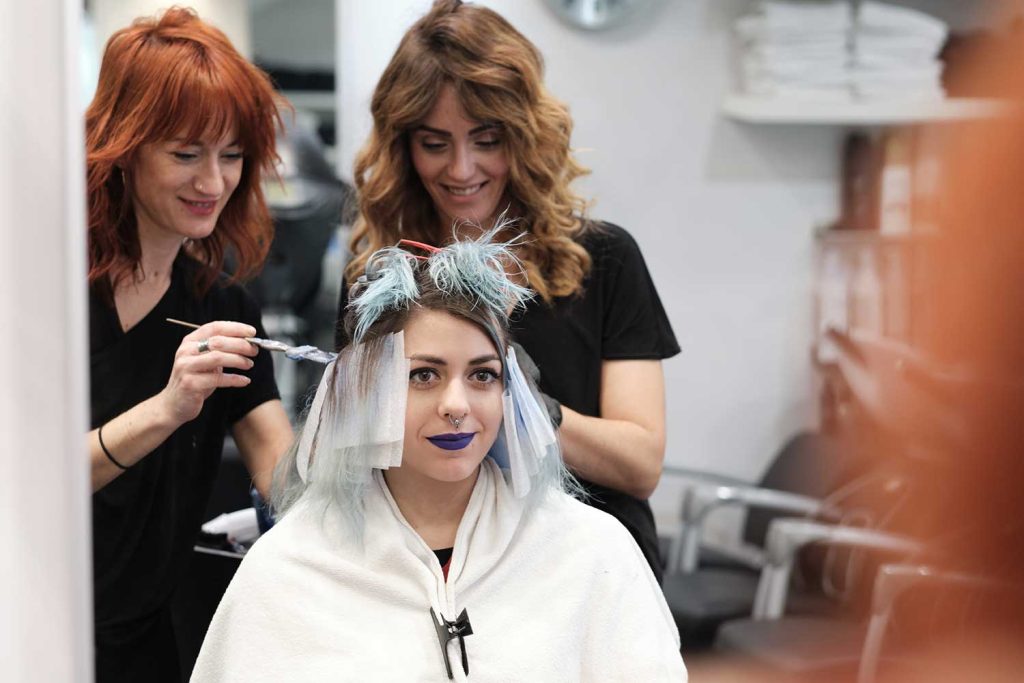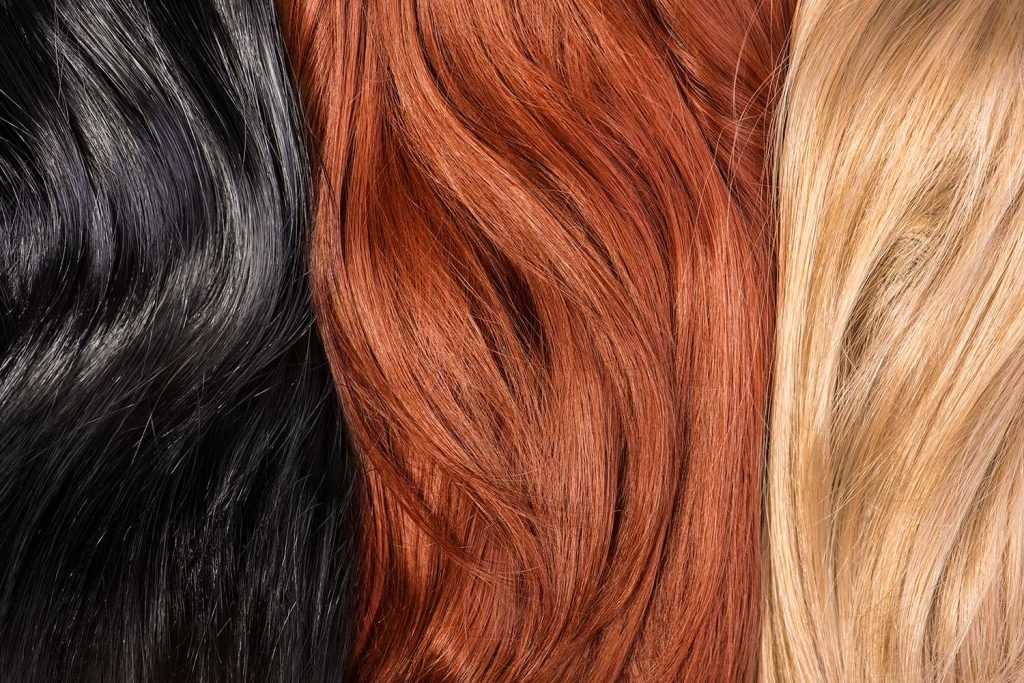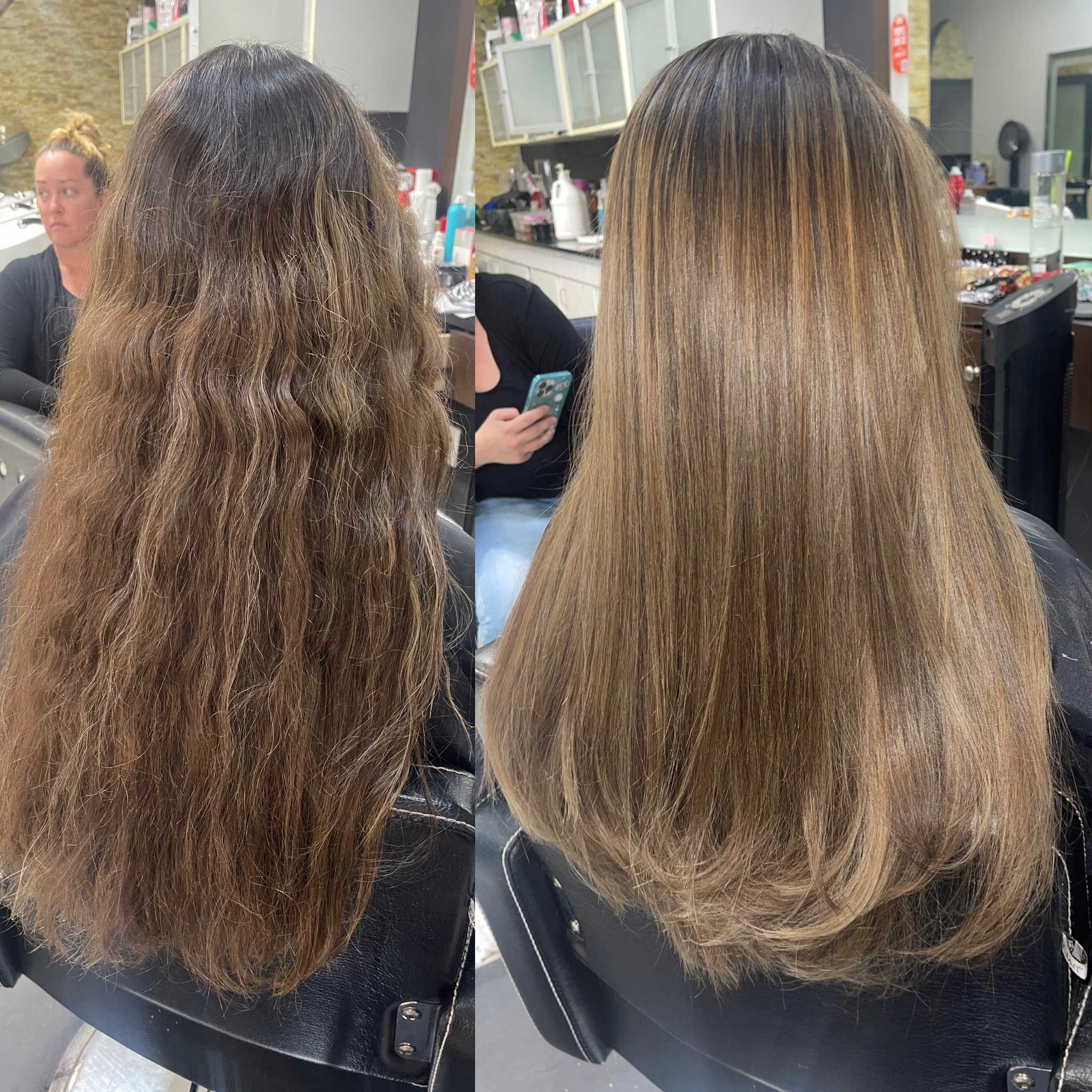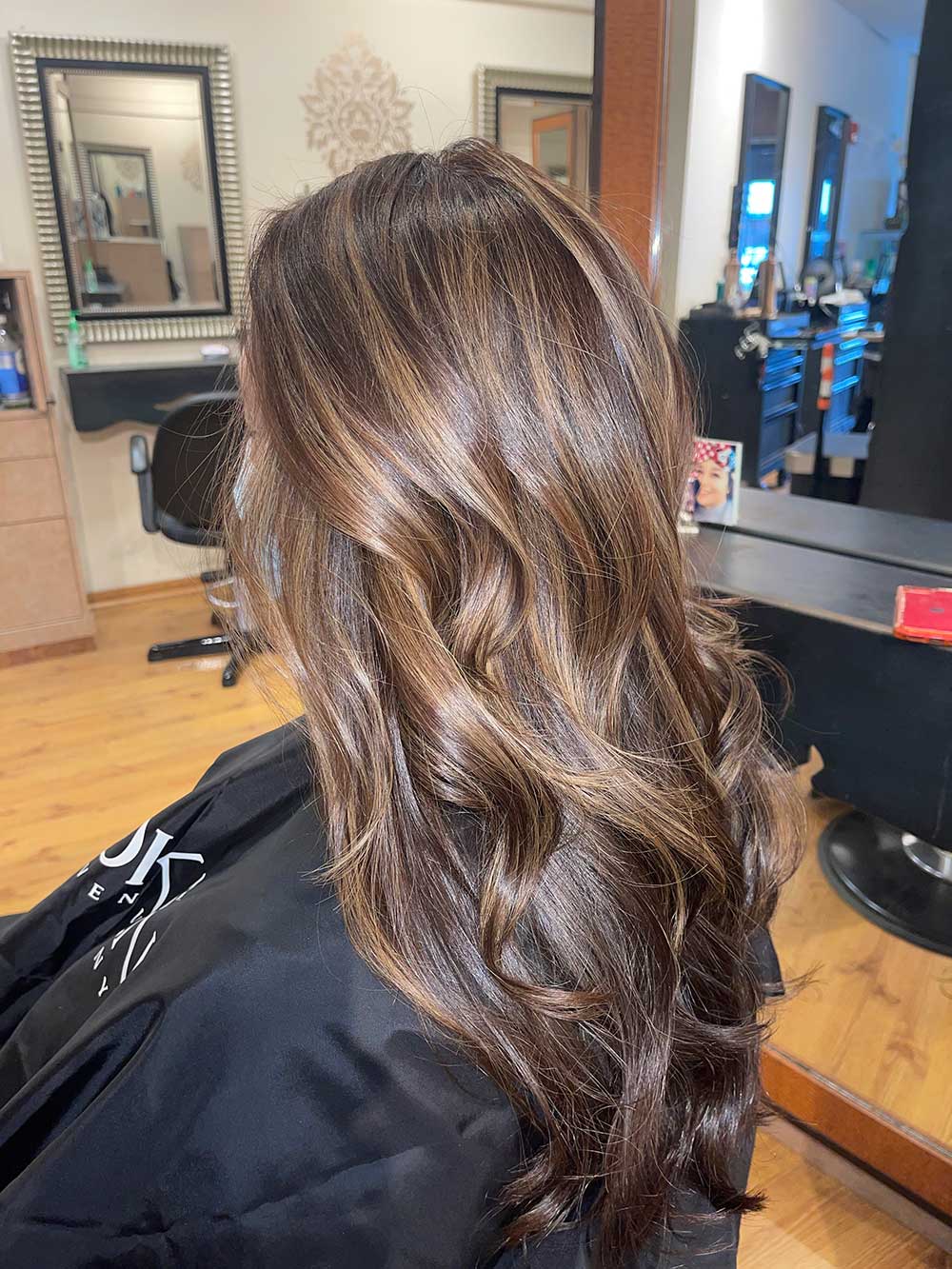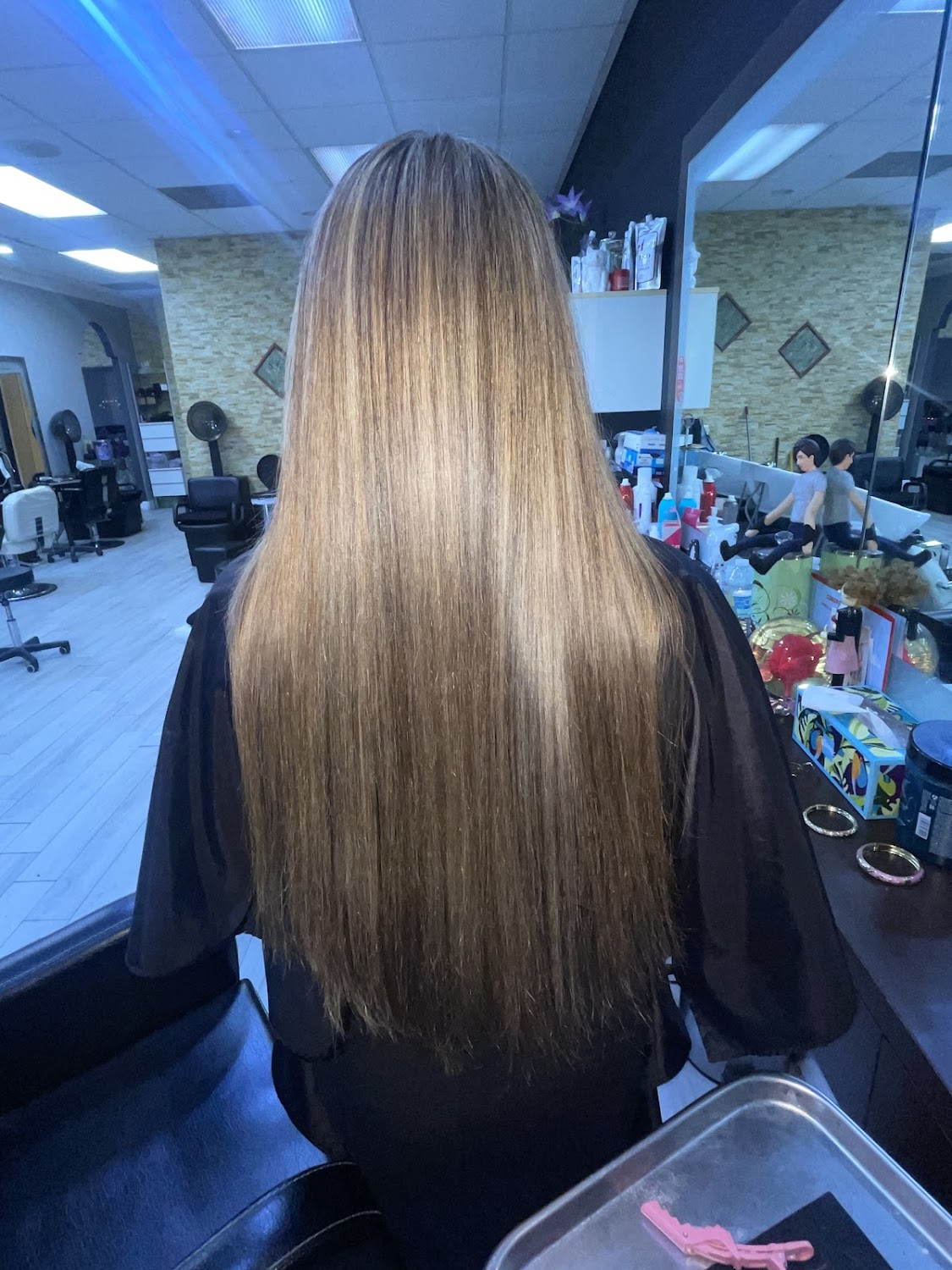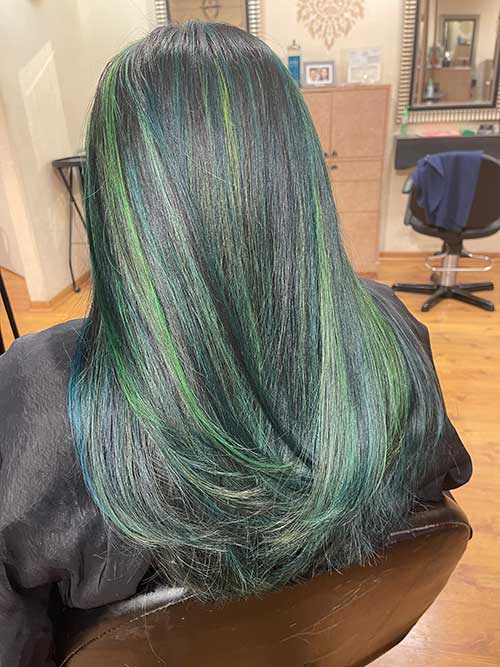What Is Keratin Treatment and How Does It Work?
Keratin treatment is a salon procedure designed to smooth frizz, add shine, and make hair more manageable by applying a keratin-based formula and sealing it with heat. Many choose it to reduce styling time and achieve sleeker, shinier hair without committing to permanent straightening. The treatment works by coating the hair shaft and filling in porous areas, which helps improve texture and appearance. Results vary based on hair type and aftercare, but the treatment generally lasts several weeks to a few months. What is Keratin Treatment? Keratin treatment is a chemical process that smooths and straightens frizzy or wavy hair by applying a keratin-infused solution and using heat to seal it into the strands. This treatment helps reduce flyaways, improves shine, and gives hair a sleeker appearance for an extended period. It works by temporarily bonding keratin to the hair shaft, making the texture more manageable and less prone to damage caused by heat or humidity. Different Types of Keratin Treatments Salons offer several keratin treatments tailored to different hair textures, needs, and desired results. Each type varies in formula strength, straightening effect, and longevity. Some last a few weeks, while others can stretch up to five months, depending on upkeep. Choosing the right one depends on how much curl reduction or softness is preferred. Brazilian Blowout This Brazilian blowout smooths the hair without eliminating waves or curls. It creates a protective protein layer that seals the cuticle and reduces frizz. Results typically last around three months. It’s popular for producing a natural look that allows for volume and movement. Soft Keratin Treatment Soft keratin works best for people who want to keep some of their curl patterns. It softens the hair texture without fully straightening it. The treatment is less aggressive than the traditional keratin process, and it wears off more gently and gradually over time. Express Keratin This treatment is a lighter version of the full treatment and takes less time to apply. It offers similar benefits, including shine and reduced frizz, but wears off faster. Results usually last about four to six weeks. It’s ideal for someone trying keratin for the first time or needing a quick refresh. Japanese/Keratin Hybrid This hybrid combines the smoothing properties of keratin with the more permanent straightening effects of Japanese treatments. It transforms the hair texture and more aggressively flattens waves or curls. It suits people looking for long-lasting results. The process takes longer and may require more aftercare. It is advisable to seek guidance from a professional Asian hair specialist. How Keratin Treatment Works on Hair The treatment involves a multi-step process that temporarily changes the hair’s texture by infusing it with keratin and sealing it using heat. Each step builds on the last to ensure the product bonds properly to the hair shaft. Depending on care, the result is smoother, shinier, and more manageable hair for weeks to months. Clarifying Shampoo and Prep Hair is first washed using a clarifying shampoo to remove buildup. This step opens the cuticle and preps the strands to absorb the treatment. No conditioner is used during this stage. Hair is then towel-dried and sectioned for application. Product Application The stylist applies the keratin formula evenly throughout each section. A fine-tooth comb ensures full coverage without oversaturating. The product sits on the hair for a set amount of time, allowing it to bond. Excess products are often lightly removed before drying. Blow Drying Hair is blow-dried straight using a round or paddle brush. This helps smooth the strands and begins sealing in the keratin. It prepares the hair for the final flat ironing step. Blow-drying also activates part of the formula. Flat Iron Sealing High heat locks the keratin into the hair cuticle. Each section is flat-ironed multiple times to ensure the treatment sets. This step gives the hair its smooth, glossy finish. The temperature and number of passes vary based on hair texture. Benefits of Getting a Keratin Treatment Keratin treatments offer a range of benefits that go beyond straightening hair. Many people turn to this process for its ability to reduce styling time and improve overall appearance. Depending on care and hair type, results often last for weeks or even months. Frizz Control and Smoothness The treatment smooths the hair cuticle, helping strands resist humidity and reduce frizz. Hair looks sleeker and feels softer to the touch, especially noticeable in warm or damp environments. The smoother texture makes hair appear more polished every day. Easier Styling and Maintenance After the treatment, hair becomes more manageable, cutting down the time needed for blow-drying or flat-ironing. Tangles are easier to remove, and styling becomes less of a daily hassle. Many people find they can air-dry their hair without worrying about goofiness. The overall routine feels faster and less effort-intensive. Adds Shine and Softness Keratin coats the hair shaft, reflecting light more evenly and giving a glossy appearance. Dull or dry strands regain a healthy-looking sheen. The treatment also softens coarse textures, leaving hair feeling silky. This added softness helps hair look and feel more refreshed. Reduces Breakage and Split Ends Hair becomes stronger due to the added layer of protein bonding to each strand. This coating minimizes friction from brushing and styling tools. As a result, hair breaks less, and split ends become less noticeable. It supports longer hair growth by helping strands stay intact. How to Care for Hair After Keratin Treatment Proper aftercare helps maintain smooth results and extends the life of a keratin treatment. Following simple routines can keep hair looking polished and manageable for weeks. Attention to product choice and habits plays a big role in long-term results. First Few Days Post-Treatment Avoid washing the hair for at least 72 hours to let the product fully set. To prevent dents, refrain from tying, braiding, or tucking hair behind the ears. Keep hair dry and straight during this period. If it accidentally gets wet, smooth it out again with a flat iron. Use Sulfate-Free Shampoo and Conditioner Sulfates strip the




